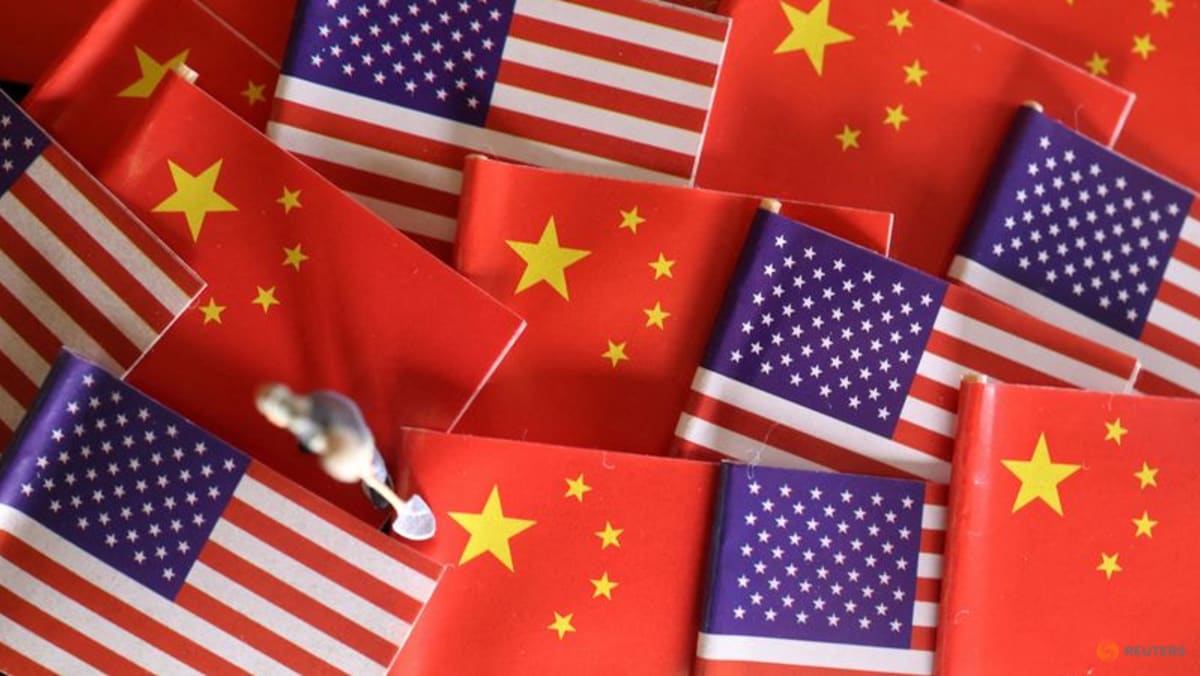Asia
China’s retaliatory tariffs on US a ‘measured’ move to moderate tensions: Analysts

The Escalating Trade Tensions Between the US and China: A Strategic Power Play
Introduction: The Tariff Tit-for-Tat
In the ever-evolving landscape of global trade, the United States and China have found themselves locked in a high-stakes game of economic strategy. At the heart of this showdown is Donald Trump, the former U.S. President, whose administration has been known for its aggressive use of tariffs as a tool of economic policy. The latest round of tariffs imposed by the U.S. on Chinese goods has triggered a swift and calculated response from Beijing, signaling that China is not only prepared but also determined to defend its economic interests. This strategic exchange of trade blows has left the world watching, as the implications of these actions ripple far beyond the immediate economic impact.
China’s Retaliatory Measures: Targeted and Calculated
On February 10, China unveiled its latest round of retaliatory tariffs on select American goods. The new tariffs, ranging from 10% to 15%, were imposed on a variety of U.S. exports, including coal, liquefied natural gas, crude oil, agricultural machinery, and large-engine vehicles. This move was not merely reactive; it was a carefully timed response, announced just minutes after the U.S. implemented its own sweeping 10% tariffs on all Chinese products. By doing so, China demonstrated its resolve to match the U.S. step for step in this trade dispute. The swiftness and specificity of China’s retaliation suggest a well-thought-out strategy, aimed not only at mitigating the impact of U.S. tariffs on its own economy but also at sending a clear message of its determination to protect its interests.
China’s Long-Term Strategy: More Than Just Tariffs
As the trade conflict continues to escalate, experts are highlighting that China’s approach to this standoff is not limited to retaliatory tariffs. Having weathered the trade wars during Trump’s first term, China appears to have learned valuable lessons and is now equipped with a broader arsenal of strategies. According to Alex Capri, a senior lecturer at the National University of Singapore (NUS) Business School, "China’s clearly got the mid-term to long-term game." This long-term vision suggests that China is prepared to employ a range of measures beyond tariffs, including anti-monopoly investigations, stricter audits of U.S. companies operating in China, and export controls. These tactics are designed to exert pressure on U.S. businesses while minimizing the impact on China’s own economy.
The Broader Geopolitical Context: A Clash of Superpowers
The trade tensions between the U.S. and China are increasingly being viewed as part of a larger geopolitical competition. At its core, this rivalry is about influence, power, and the shape of the global economic order. As Capri points out, the conflict extends far beyond trade balances and tariffs; it is a clash between two superpowers vying for dominance on the world stage. China’s strategy in this broader competition is not merely defensive but also forward-thinking. By leveraging tools like anti-monopoly regulations and export controls, China is signaling its willingness to play a more assertive role in shaping the rules of global trade and commerce.
Implications for Businesses and the Global Economy
The escalating trade war between the U.S. and China has significant implications for businesses and the global economy. For U.S. companies operating in China, the threat of stricter audits and anti-monopoly investigations adds a layer of uncertainty and risk. Similarly, Chinese companies relying on exports to the U.S. are facing increasing challenges in maintaining their market share. Beyond the immediate impact on trade volumes, the broader geopolitical tensions threaten to disrupt global supply chains and create an environment of economic instability. As the two superpowers continue to flex their muscles, businesses around the world are being forced to adapt to a new reality of trade relations.
Conclusion: The Path Forward in a Changing Global Landscape
As the trade conflict between the U.S. and China shows no signs of abating, the world is left to grapple with the consequences of this high-stakes power play. The latest round of tariffs and the threat of further retaliatory measures underscore the deepening divide between these two economic giants. While the immediate focus is on the economic impact, the broader implications for global trade and geopolitical stability cannot be ignored. As China continues to assert itself on the world stage, the U.S. must navigate a complex web of challenges to maintain its influence. The outcome of this strategic showdown will not only shape the future of U.S.-China relations but also redefine the rules of engagement in the global economy. For businesses, policymakers, and economists alike, the road ahead will require a delicate balance of strategy, diplomacy, and adaptability.











